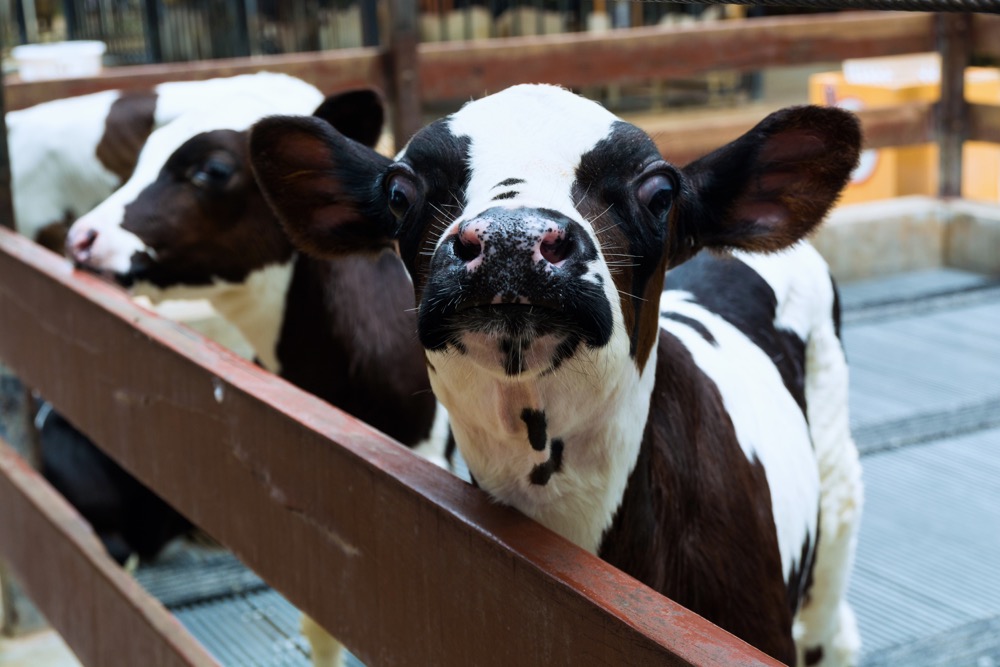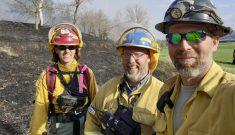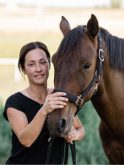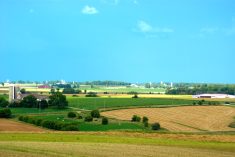My youngest was this summer the first of my children to participate in a 4-H livestock club. It was a good experience that showed me that the most valuable lessons of 4-H continue to be taught and experienced.
4-H has changed significantly since I spent my teenage years in the Howick Dairy Calf Club in Huron County. There are more and diverse clubs, as the rural population with ties to farms has declined and the organization has had to create new sources of revenue and new opportunities.
Read Also

Ontario’s agri-food sector sets sights on future with Agri-Food 2050 initiative
The first-ever Agri Food 2050, a one-day industry event dedicated to envisioning the future of food and farming in Ontario,…
Almost any topic can be a 4-H club, as long as there’s a leader to lead and members with enthusiasm and interest and as long as it meets the criteria of 4-H. It’s no longer a farm and rural focused organization.
However, it has been an important foundational program for rural Ontario, training young people in responsibility, dedication and leadership and that needs to continue, maybe more now than ever.
Agricultural education options are slim and the need to keep young people interested in agriculture is huge with an aging workforce and lots of jobs to go around. 4-H is the first step in maintaining a young person’s interest in agriculture. It is often the first non-family agriculture contact a young person makes and that’s a good thing. It gives young people the understanding that there’s more to farming than what they’ve grown up with within the boundaries of their family’s business.
4-H is a program that needs to be supported and encouraged more than ever. The program needs the stability and ability to be that diversifier of experience and entry point into the sector for not just farm kids, but for other rural children intrigued by plants or animals or marketing or machinery.
The challenge for 4-H is to maintain quality programming that is both enticing to young people and valuable to them — and their families and society. It’s a balance that can be difficult to maintain for a program that is run under unpredictable budgeting, like most any non-profit organization.
My older child has participated in 4-H clubs that would traditionally be under the banner of lifestyle clubs. They haven’t been as focused or as challenging to her and she hasn’t continued in 4-H.
The livestock clubs are on a different level of commitment and need for resources. First you have to have a calf, or a lamb or a horse, or a pig, or access to one. We have few livestock farms compared to 30 years ago but there are many stories of generosity by those remaining livestock farmers in letting young people borrow animals for use in 4-H.
Belonging to a livestock club requires commitment from a family. Moving animals is a cost if you aren’t on a farm, and it is even if you are on a farm.
We’re lucky. My family stopped dairy farming at the end of last year, and my son used one of the last calves born on the farm for his 4-H calf. She happened to be out of one of the top cows my dad bred. We have access to hay and straw and a livestock trailer.
There’s no doubt the experience was worthwhile for my son. He learned about looking after and respecting animals. He got a diverse glimpse into his dairy farming heritage. He hopes to join the club again next year. You can argue, accurately, that showing a calf, raised for conformation instead of profit, isn’t what the dairy sector is about these days. But it’s a start and a window into the world that we don’t have otherwise.
Beyond the practical education provided by 4-H programs — the learning about farms and touring of farms — the soft skills the program teaches are also of value.
I was highly impressed with how the older club members of my son’s Ilderton 4-H Dairy Club took him under their wing and helped him, especially when it came to show day. They helped him with clipping — and made him do some of it. They showed him how the show day process worked and they were there to answer his many questions. That builds skills and networks and trust — invaluable traits to spread across rural Ontario.
I don’t have the solution for 4-H’s challenge of declining numbers of rural young people and maintaining programs, but it is a program that the agriculture sector needs to continue to support.















